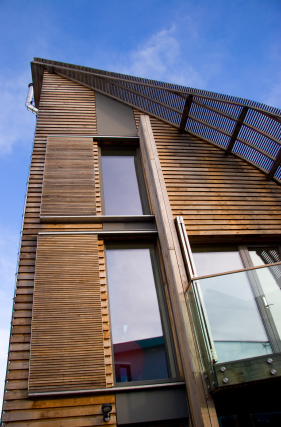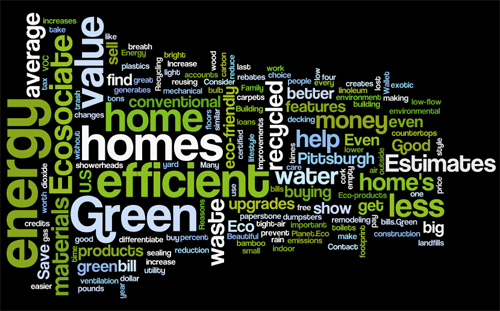Homes That Are Better For Your Wallet, Family, Health and Planet
I specialize in helping buyers find and selling homes that are green and energy efficient. While some homes are certified as green by housing or environmental industry groups, properties don’t necessarily have to carry a label to be considered green. What all such homes have in common is a desire by its owners to live in a property that incorporates systems and features that lower utility bills, improve health and comfort, and minimize the impact on the planet.
For existing homes, there’s a vast array of strategies for achieving greater efficiency. They include small, inexpensive upgrades, like installing low-flow water faucets, energy efficient light bulbs, and programmable thermostats. In addition, less visible elements, such as efficient insulation and air sealing, create a more comfortable, less drafty interior environment. And bigger, more costly projects–high-efficiency furnaces, solar panels, and triple-pane windows, for example–often provide larger financial and environmental gains.
Newly constructed homes are being built to high standards that embrace green principles. Many builders now take a scientific, whole-building approach to ensure that a property’s design, layout and systems work in concert to create a functional, comfortable setting that addresses environmental concerns.
For some, energy efficiency and cost-savings is most important, while for others it’s about the health aspects or the environmental impact of our housing.


Looking for a “green” home? Here are Some Things to Think About…
It’s Getting Easier to Find Green Homes Every Day!
Several organizations are also trying to make it easier to know just how green a home through certifications. ENERGY STAR is primarily focused on energy and cost savings, and the Indoor Air Quality Package takes it a step further. LEED and the NAHB Green Building Program both rate homes based on how they meet criteria for everything from energy use, water use, air quality, landscaping and efficient use of resources and materials.
